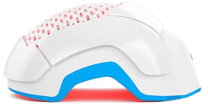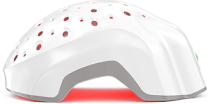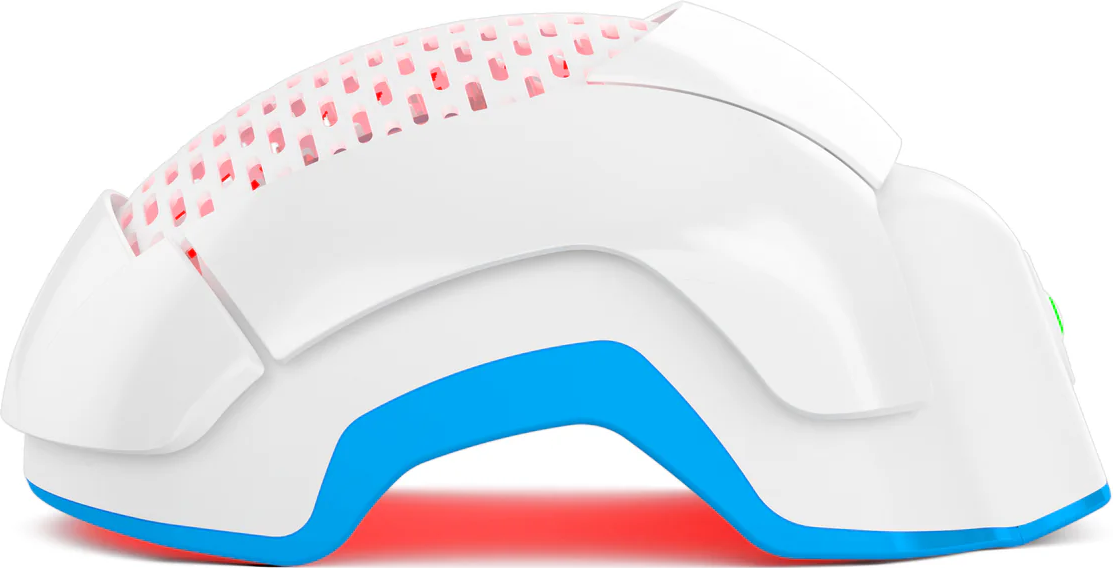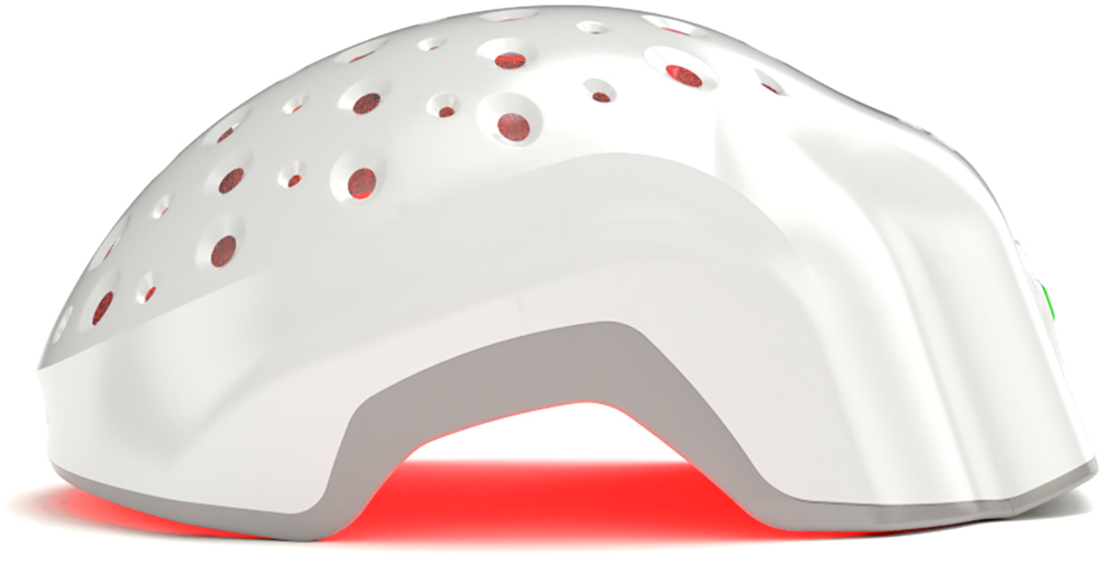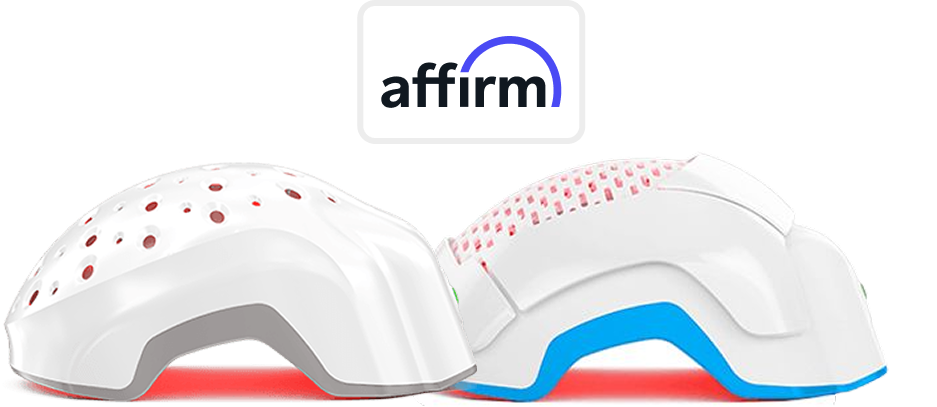Hair breaking off at the crown isn’t a rare mystery—it’s a repeat offense. And it’s happening to a lot more people than you'd think. Between ponytail stress, flat iron abuse, and bleach sessions that went one toner too far, the crown area has become ground zero for breakage. It’s not shedding. It’s not thinning from age. It’s snapping—loudly, visibly, and usually at the worst time.
The top of your head is where breakage likes to show off. Why? Because the crown is the first spot to feel the pull of your tight styles, the blast of your blow dryer, and the brunt of environmental exposure. Add in dryness, neglected trims, or health-related nutrient gaps, and boom—hair breakage at the crown turns from minor annoyance to full-blown SOS.
What’s worse?
Most people don’t even realize it's breakage until it's already stealing volume, leaving patchy areas, and making your strands look like they gave up mid-growth. Then the panic. But this isn’t a permanent condition unless you let it be.
What Is Hair Breakage?
Hair breakage is when strands snap along the shaft—not from the root. Unlike shedding, which is a natural part of the hair growth cycle, breakage is your hair waving the white flag. It’s structural damage, and it’s telling you something’s off.
What Are the Common Signs of Hair Breakage?
- Short, snapped strands
- Split ends
- Frizz and flyaways
- Rough texture
-
Uneven hair length
- Extra hair in brushes or on pillowcases
How to Differentiate Hair Breakage and Hair Loss?
Hair breakage is mid-strand snapping—short, frayed, and usually uneven. You’ll rarely see the bulb at the root.
Hair loss starts at the follicle. You’ll notice full-length strands with the bulb attached, often accompanied by thinning in defined areas like the part or temples.
What Does Crown Hair Breakage Look Like?
Crown hair breakage tends to be loud and center-stage. It reveals itself through telltale signs that are easy to miss—until they’re not.
Frizzy and rough hair on the crown is a major red flag. It often feels drier and coarser than the rest of your hair, especially under sunlight or styling heat.
Uneven strand lengths in the crown region suggest consistent breakage in the same spot. You’ll see shorter, awkward hairs that won’t lie flat no matter what.
Thinning or patchy areas might mimic hair loss, but often it’s breakage wearing a disguise. This is common in crown hair breakage for female cases due to styling stress.
Excess hair on pillows or clothes (without the root bulb) often signals snapping, not shedding.
Split ends aren't just for tips—they creep up the shaft, even near the root, especially if your hair is weakened from bleach or heat.
What Causes Hair Breakage at the Crown?
This isn’t spontaneous combustion. Most cases of crown hair breakage come down to habits, harsh treatment, and neglect. Here's what could be snapping your strands behind the scenes.
1. Tight Hairstyles and Rough Brushing
Crown hair breakage from ponytail or buns is real. The repeated tension and friction from tight styles, especially on textured hair, can cause structural weakening. Add aggressive detangling or teasing, and breakage becomes a guarantee.
2. Heat Styling Tools and Their Impact
Blow dryers, flat irons, and curling tools weaken the protein structure of hair. The crown, already exposed to heat from overhead tools, gets the worst of it. Regular use without heat protectant? Breakage on tap.
3. Chemical Treatments and Overprocessing
Crown hair breakage after bleaching is no myth. Bleach lifts the hair’s cuticle and strips away moisture. Repeated dyeing or relaxing turns your crown into a warzone—especially when the chemicals overlap.
4. Lack of Moisture and Hydration
Dryness is enemy number one. If your hair isn’t getting enough moisture (through conditioners, oils, or hydration treatments), the shaft becomes brittle and splits—especially at the crown, which naturally gets less oil from your scalp.
Also Read: How to moisturize your hair to keep it healthy?
5. Nutritional Deficiencies and Health Conditions
Deficiencies in protein, iron, zinc, and vitamins B12 and D can lead to hair breakage at the crown and hairline. Conditions like thyroid disease, anemia, or even prolonged stress can compromise follicle strength, especially in women. Crown-specific breakage and scalp pain could also indicate underlying inflammation or tension-related conditions.
How to Fix Hair Breakage at the Crown?
Breaking doesn’t mean it’s broken forever. You can treat and even reverse it with smarter routines and consistent care.
1. Adopt Gentle Hair Care Routines
Ditch the sulfates and alcohol-based stylers. Switch to gentle cleansers, deep conditioning once a week, and nourishing serums. Look for ingredients like panthenol, ceramides, and fatty acids.
2. Schedule Regular Trims
Split ends travel. Trimming every 8–10 weeks removes weak tips before they split upward and cause more crown chaos.
3. Switch to Softer, Less-Damaging Hairstyles
Loose braids, buns, and low-manipulation styles are the antidote to crown-specific hair breakage. Avoid tight ponytails, extensions, or any style that pulls at the scalp.
4. Use Silk or Satin Pillowcases
Cotton is abrasive and moisture-wicking. Satin and silk reduce friction and help retain oils—especially crucial if you’re dealing with crown hair breakage overnight.
5. Maintain Balanced Diet and Hydration
Your hair eats what you eat. Nutrients like protein, iron, and zinc are essential for follicle health. And yes, dehydration shows up in your strands before your skin.
6. Try Scalp Massages
Massage stimulates blood flow and nutrient delivery. Just 5 minutes of scalp massage a day can boost hair thickness and help maintain follicle health.
7. Avoid Harmful Chemicals
Ammonia, parabens, sulfates, and strong alcohols strip hair and irritate the scalp. Stick to products with minimal, clean ingredients for long-term strength.
8. Avoid Hair Extensions
Permanent or clip-in extensions add weight and tension to the crown. If you must use them, limit how often and how tightly they’re applied.
How to Hide Crown Hair Breakage?
-
Strategic parting can shift focus away from thinning zones—zig-zag or deep-side parts work best.
-
Textured hairstyles like curls, waves, or twist-outs create volume and hide uneven growth.
-
Root concealers or tinted powders help mask sparse areas without commitment.
-
Dry shampoo adds texture and grip, making the crown appear fuller instantly.
-
Hats and caps with satin linings protect your strands while giving you a stylish escape route.
Can You Regrow Hair at the Crown?
Yes—if the follicles aren’t permanently damaged. Regrowth depends on stopping the source of the breakage and providing your hair with what it needs to rebuild.
Minoxidil, nutritional supplementation (when deficiencies are confirmed), or a crown hair transplant are viable options. Laser Phototherapy or Low-level Light Therapy, like that used in FDA-cleared Theradome helmets, has been shown to stimulate follicle activity and promote regrowth with consistent use, particularly when paired with proper care.
Conclusion
Crown breakage is loud, persistent, and frustrating—but it’s also fixable. The key is understanding your habits and giving your hair a break.
Be gentle, feed your follicles, and ditch whatever’s been causing damage. If your crown is screaming for help, it’s time to stop ignoring the signs and start rebuilding. Start today. Your hairline will thank you tomorrow.


